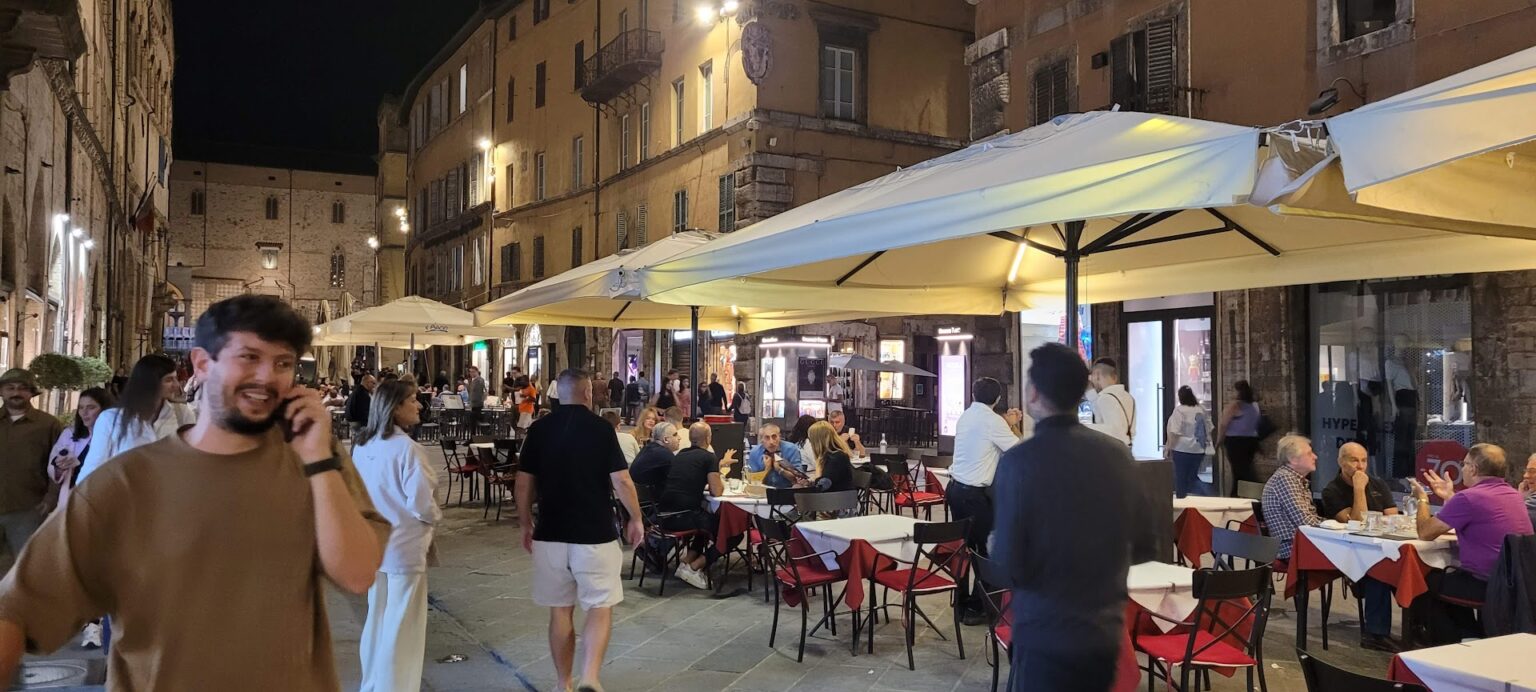The image of a hospital Accident & Emergency (A&E) department is often one of acute crisis: sirens, trauma, and critical illness. But a quieter, more insidious emergency is increasingly filling waiting rooms—one driven not by sudden misfortune, but by the grinding reality of poverty. Across the UK, doctors and health leaders are sounding the alarm: hunger and malnutrition, direct consequences of deepening deprivation, are causing a sharp rise in preventable admissions, pushing an already strained NHS to its limits.
This is not a crisis confined to statistics on household income; it is a palpable health emergency playing out in clinics and hospital wards. The connection is starkly logical yet devastating in its implications. When families are forced to choose between heating and eating, nutrition becomes a luxury. The result is not just empty stomachs, but a cascade of health failures.
The Human Cost: From Empty Plates to Hospital Gates
The link between poverty and health is well-established, but the specific mechanism of hunger is now impossible to ignore.
- Exacerbating Chronic Conditions: For those with existing illnesses like diabetes, poverty is a dangerous multiplier. Patients are forced to stretch insulin doses or skip them because they can’t afford food, leading to dangerous spikes or drops in blood sugar that end in diabetic ketoacidosis—a medical emergency requiring immediate A&E care. Similarly, individuals with conditions like Crohn’s disease or colitis often require specific, expensive diets they simply cannot afford, leading to severe flare-ups.
- Weakening Defences: Consistent poor nutrition weakens the immune system. What might be a minor infection for a well-nourished person can rapidly develop into pneumonia or a severe systemic infection for someone who is malnourished, particularly the elderly and young children.
- The “Heat or Eat” Trap: In cold months, the dilemma intensifies. Elderly people, often living in fuel poverty, are admitted with hypothermia because they’ve chosen to spend their pension on food instead of heating. Others, who prioritise heating, become malnourished. It’s a lose-lose situation that frequently ends in an ambulance ride.
- Mental Health Crisis: The constant anxiety of food insecurity is a profound driver of mental health deterioration. Stress, depression, and anxiety soar, leading to crises that also manifest in A&E departments. The mental and physical are inextricably linked.
A System Under Strain
This surge in poverty-related admissions is placing an unsustainable burden on the NHS. A&E is the most expensive front door to the health service, designed for emergencies, not for treating the symptoms of social failure. Every admission for a preventable, poverty-related illness is a cost that could have been avoided and a bed that isn’t available for someone with a traumatic injury or sudden critical illness.
Doctors and nurses, already stretched to breaking point, find themselves becoming social workers, distributing food bank vouchers and trying to patch up problems that have roots far outside the hospital walls. They are treating the symptoms of a disease they cannot cure: poverty.
The Bigger Picture: A Perfect Storm
The rise in hunger-related admissions is not an isolated phenomenon. It is the symptom of a perfect storm created by:
- The Cost-of-Living Crisis: Soaring inflation, particularly in food and energy prices, has evaporated the budgets of low-income families.
- Inadequate Social Security: Experts consistently point to benefits levels, even with recent adjustments, failing to cover the basic costs of survival. The wait for first payments, the benefits cap, and the two-child limit are policies that directly contribute to household hunger.
- Stagnant Wages: For many in work, wages have not kept pace with inflation, creating the phenomenon of “in-work poverty,” where a job is no longer a guarantee of freedom from hunger.
Beyond the Sticking Plaster: A Call for Change
While the heroic efforts of food banks and community larders provide a vital lifeline, they are a emergency response, not a solution. Doctors can prescribe medication in A&E, but they cannot prescribe a living wage or an adequate social safety net.
Addressing this crisis requires a fundamental shift from treating the symptoms to tackling the cause. This means:
- An Essentials Guarantee: Embedding a core commitment within the social security system that ensures support always covers the basic costs of food, utilities, and essential goods.
- Real-World Funding for Public Services: Properly funding local authorities to support community health, social care, and welfare advice services that prevent crises from happening.
- A National Strategy on Food Poverty: Treating food security not as a charitable issue, but as a critical component of public health policy.
The rise in A&E admissions driven by hunger is the canary in the coal mine. It is the clearest possible indicator that the social fabric of the UK is fraying to a dangerous degree. A society where citizens are becoming so poor that they require emergency medical care for lack of food is a society in need of urgent healing itself. The diagnosis is clear; the treatment requires political courage.

